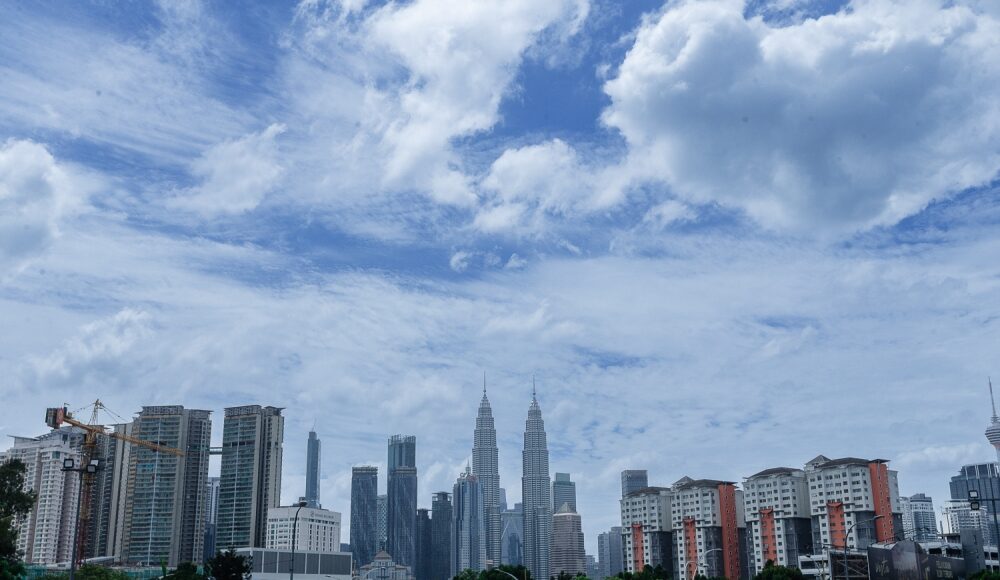APRIL 24 — There was a time—not long after the last colonial ships slipped away — when Asia looked in the mirror and saw possibility. Not a copy of the West. Not a simulation of power. But something raw, rooted, and ready to be rebuilt from the ground up.
At Bandung in 1955, leaders from across the newly unshackled South—Nehru, Nasser, Sukarno, Zhou—stood together and dared to imagine a different kind of future. One where solidarity trumped alignment. Where village reform mattered as much as trade pacts. Where we didn’t have to beg for seats at Western tables because we were setting our own.
Somewhere along the way, we got distracted.
China powered ahead with brute discipline and silent ambition. India got caught in its own noise. And South-east Asia — Malaysia included — kept its head down, making deals, hedging bets, hoping no one would ask too much of it. We played the long game without ever saying what the end goal was.
But the truth is: the future we imagined in Bandung needed us to build together. And we didn’t.
Asia once dreamed together at Bandung — now we’re still searching for the blueprint we lost. — Picture by Raymond Manuel
Malaysia, for all its strategic savvy, still hasn’t figured out what it wants to be in this new order. A trading hub? A neutral ground? A moral compass? We’ve got some of the best infrastructure in the region, yet we struggle to anchor a coherent vision. Asean, for all its multilateral niceties, is still more dinner talk than doctrine. When the elephants and dragons start dancing — or fighting — we mostly just hope not to get trampled.
And maybe that’s fair. After all, China earned its place with decades of sweat and steel. It didn’t wait for permission. It didn’t explain. It just did. The Belt and Road isn’t just a policy — it’s a philosophy. Build. Connect. Influence. Repeat.
India, too, is rising in its own messy, magnificent way. Sure, it hugs a little too often in Silicon Valley and can’t always outrun its internal contradictions. But it’s trying — fighting uphill against a bureaucracy that chews progress and a history that weighs a ton.
And what of us?
We’ve got ringgits in Dubai banks, palm oil deals in Ankara, and durians in China’s wet markets — but do we have a plan? A real, long-view plan that goes beyond “don’t upset the powers” and “keep the GDP numbers up”?
I’m not saying Malaysia has to be a superpower. But in a region where maps are redrawn in trade zones and influence is carved through ports and cloud infrastructure, moral middle grounds are not enough. We need stakes. Strategy. And a spine.
The Asian century isn’t coming. It’s already here. The question is whether we’re architects of it — or just subcontractors.
At the end of a long dinner somewhere in Penang, a retired diplomat once told me over crab curry and Scotch: “We used to dream big. Now we just manage expectations.” He laughed. But he wasn’t joking.
Bandung wasn’t a fluke. It was a blueprint.
We just forgot where we put it.
* This is the personal opinion of the writer or publication and does not necessarily represent the views of Malay Mail.





